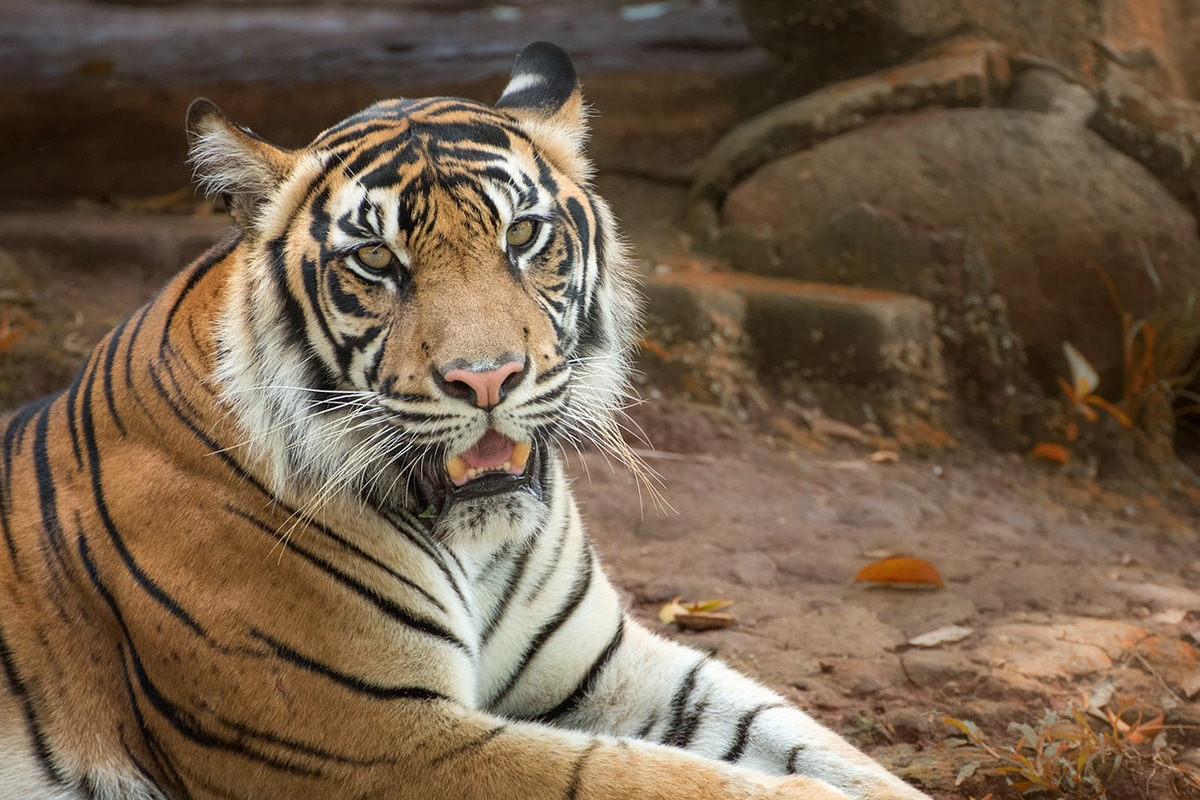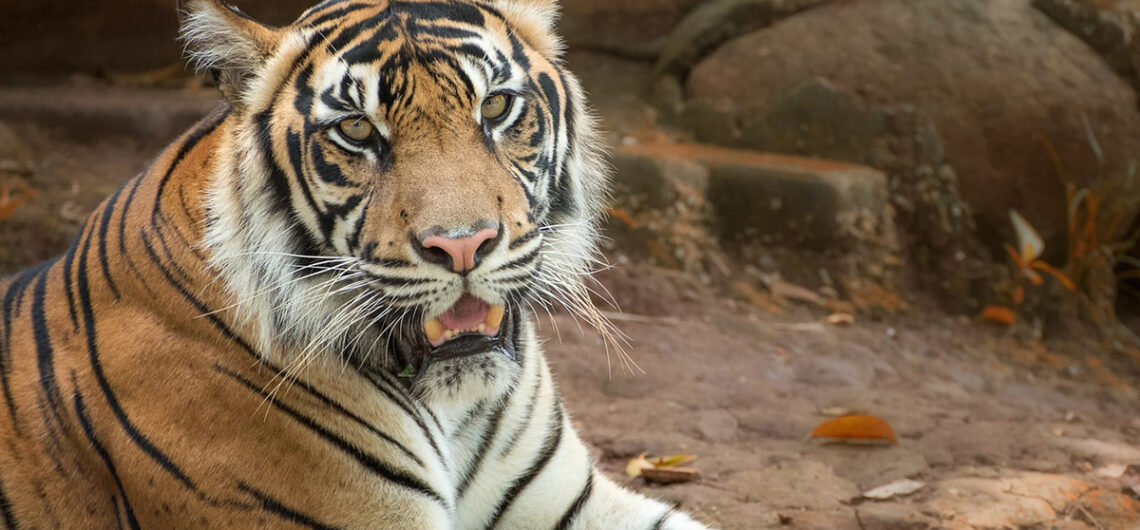
Overview of Ranthambore for Photographers
Ranthambore for Photographers, particularly those who have an ardor for wildlife and the natural world, will find paradise in Ranthambore. This national park, which is tucked away in the center of Rajasthan, is well-known for its varied flora and fauna, dramatic landscapes, and historical ruins in addition to its reputation for tiger sightings. Ranthambore provides unmatched chances to capture the beauty of the wild, regardless of your level of experience with a camera. We’ll go into great detail in this post on how photographers can get the most out of their trip to Ranthambore, from organizing the ideal safari to knowing when to take pictures Ranthambore for Photographers.
Why a Photographer’s Dream Come True in Ranthambore for Photographers
Various Wildlife
The famous Bengal tiger, as well as hundreds of different bird species, sloth bears, leopards, and wild boars, can all be found in Ranthambore. Due to its diversity, there are many opportunities to photograph various species in their native environments, making it a popular destination for wildlife Ranthambore for Photographers.
Gorgeous Sceneries
In addition to its wildlife, Ranthambore for Photographers boasts breathtaking natural beauty. The park offers a variety of landscapes, including open grasslands, rocky cliffs, dense forests, and historic sites like Ranthambore Fort. Every shot appears to be a part of a cinematic masterpiece thanks to this special arrangement of elements.
Simple Access to Animal Life
The reasonably easy access to wildlife at Ranthambore is one of the attractions for Ranthambore for Photographers. Since tigers are known to be less timid, you may find them relaxing by lakes, taking walks on trails, or even scaling rocks, providing you with amazing chances to take pictures of them in motion.
The Ideal Time to Take Pictures of Wildlife in Ranthambore for Photographers
Early Morning and Late Afternoon Light
Early morning or late afternoon, when the natural light is soft and golden, is the ideal time of day to photograph wildlife in Ranthambore. The photographs you take gain depth and an amazing glow that amplifies the colors of the jungle. This phenomenon is known as golden hour. These are also the times when the animals are most active, so you have a better chance of getting shots of movement and action.
Monsoon Season versus Dry Season
The best time to visit Ranthambore for wildlife photography is during the dry season, which runs from October to June. Because there is less vegetation during this time of year, it is simpler to see and photograph animals—especially tigers, who congregate near water sources. While you can capture more vibrant greenery in your photos during the monsoon season (July to September), the park is closed for rest and renewal during this time.
Advice for Getting Gorgeous Wildlife Photos:1. Understand Your Gear
For the finest photographs, wildlife photography requires specific equipment. For capturing detailed images of far-off animals, a DSLR or mirrorless camera equipped with a telephoto lens (200-600mm range) is highly recommended. When shooting landscapes or when an animal is closer than anticipated, a wide-angle lens can come in handy.
2. It Takes Patience
It takes persistence and patience to take pictures of wildlife. If you want to get a picture of a tiger coming out of the undergrowth or a leopard sitting on a tree, you might have to wait hours. However, the payoff is well worth the wait when it finally arrives.
3. Pay Attention to Structure
Excellent wildlife photography involves composition as much as having a strong zoom lens. To produce visually striking images, apply strategies like framing, leading lines, and the rule of thirds. Always be conscious of your own history, and make an effort to incorporate details that enhance the natural habitat of the animal.
4. For action shots, use the burst mode.
Seldom do wild animals smile for the camera. Use your camera’s burst mode to record motion or fast action. This increases your chances of getting the ideal shot during a chase or a leap by enabling you to take multiple shots quickly after one another.
5. Be mindful of wildlife and keep your distance
Respecting the animals and their natural habitat is important, even though it can be tempting to approach them up close for a better picture. Always keep a safe distance and don’t bother the animals. It’s safer for you and guarantees that you get pictures of animals acting in their natural habitat.
Top Locations for Photography in Ranthambore
1. Padam Talao
Padam Talao, one of Ranthambore’s biggest lakes, is a well-known location for photography. Here are some good spots to see crocodiles sunbathing on its banks or tigers drinking water. Beautiful pictures can be taken of the lake in the early morning mist.
2. The Fort of Ranthambore
Visit Ranthambore Fort for a blend of history and wildlife. With their panoramic views of the surrounding landscape and ancient architecture, the fort’s rooftop views offer a chance to capture some unusual photos.
3. The Valley of Kachida
The Kachida Valley is renowned for its population of leopards. There are fewer tourists and more private photo ops in this area, which is great for catching leopards in their natural environment.
4. Ruins of Rajbagh
A breathtaking backdrop for wildlife photography is provided by the Rajbagh Ruins. A hauntingly beautiful scene, the crumbling stone structures are framed by the dense jungle and are frequented by deer and tigers.
5. Lake Surwal
For bird photographers, this is a hidden treasure. Surwal Lake is home to a diverse range of migratory birds, such as flamingos, storks, and pelicans. For those who are interested in bird photography, it’s a must-visit because of the serene atmosphere and abundant birdlife.
Telephoto lenses are a must-have item for photographers visiting Ranthambore.
Since most animals are distant subjects in wildlife photography, a telephoto lens is essential. For capturing fine details, like the patterns on a tiger’s fur or the wings of a bird in flight, a lens with a minimum focal length of 400mm is advised.
Monopod or Tripod?
Having a tripod or monopod can be very helpful, especially when shooting for extended periods of time. It aids in camera stabilization, especially when using heavier lenses or in low light.
Memory cards and extra batteries
Because the wildlife in Ranthambore for Photographers is erratic, you don’t want to miss an amazing shot because your memory card is full or your battery died. To prevent disappointment, always have extra memory cards and batteries with you.
Binoculars
Binoculars can help you spot animals at a distance and set up your camera for the perfect shot, even though they are not a photography tool.
Problems and Strategies for Solving Them
Extreme Lighting Situations
The intense midday sun can cause overexposed areas and deep shadows in your pictures. Use a polarizing filter to manage this, as it will enhance colors and lessen glare. Try to steer clear of these times and concentrate on taking pictures in the early morning or late afternoon.
Restricted Views from Safari Jeeps
Safari cars frequently have limited mobility, so you might end up where other Ranthambore for Photographers or trees are blocking your view. To get around this, respond quickly and nimbly, modifying your lens focus and camera angle to compose the ideal picture.
Unpredictable Behavior of Animals
By its very nature, wildlife is unpredictable. It’s possible to see nothing for hours at a time or to experience an abrupt increase in activity. Always have your camera ready Ranthambore for Photographers with the right settings so you can record unplanned moments and be ready for anything.
In summary
Ranthambore provides the ideal fusion of wildlife, natural beauty, and historical sites, making it an ideal destination for photographers. With a little perseverance, the appropriate equipment, and good fortune, you can take amazing pictures that truly convey the essence of the wild. Ranthambore is incredibly beautiful, whether it’s a tiger stomping through the tall grass or the sun setting over a placid lake. So grab your camera, go to the park, and get ready for an unparalleled photography experience.
FAQs
When is the ideal time to take pictures in Ranthambore for Photographers?
For the best lighting and wildlife activity, the dry season (October to June) is the ideal time to visit. Particularly in the early morning and late afternoon.
Is a special permit required for taking pictures in Ranthambore for Photographers?
While professional filming or commercial photography may require prior permissions, photography does not require any special permits.
Which camera is ideal for photographing wildlife in Ranthambore for Photographers?
The best camera is a telephoto lens on a DSLR or mirrorless camera. The ideal range of lenses for photographing far-off wildlife is 200–600mm.
Can I take close-up pictures of tigers in Ranthambore?
Although it is possible to see tigers up close, it is crucial to keep a safe distance and avoid upsetting the animals.
Are there any Ranthambore photography tours available?
Yes, there are a number of specialized photography tours available, led by knowledgeable individuals who are familiar with the best locations for taking breathtaking photos of wildlife.
When is the best time to visit Ranthambore and take photos?
The dry season, which runs from October to June, is the best time to visit for the best lighting and wildlife activity. especially in the late afternoon and early morning hours.
Is a special permission needed in Ranthambore for Photographers?
Photography does not require any special permits, but professional filming or commercial photography may need permissions in advance.
Which camera is best for wildlife photography in Ranthambore for Photographers?
A DSLR or mirrorless camera with a telephoto lens is the ideal type of camera. 200–600mm is the perfect range of lenses to use when taking pictures of distant wildlife.
Is it allowed to take up-close photos of tigers in Ranthambore for Photographers?
While it is possible to get up close and personal with tigers, it is important to maintain a safe distance to prevent disturbing the animals.
Are there any photography tours available in Ranthambore for Photographers?
Yes, there are plenty of specialized photography tours available, guided by experienced people who know the best spots to capture amazing images of wildlife Ranthambore for Photographers.


Comments